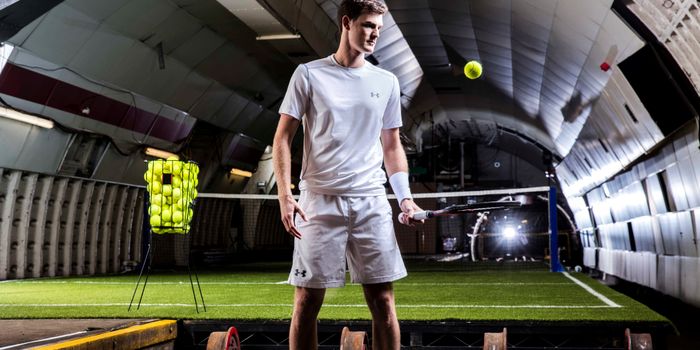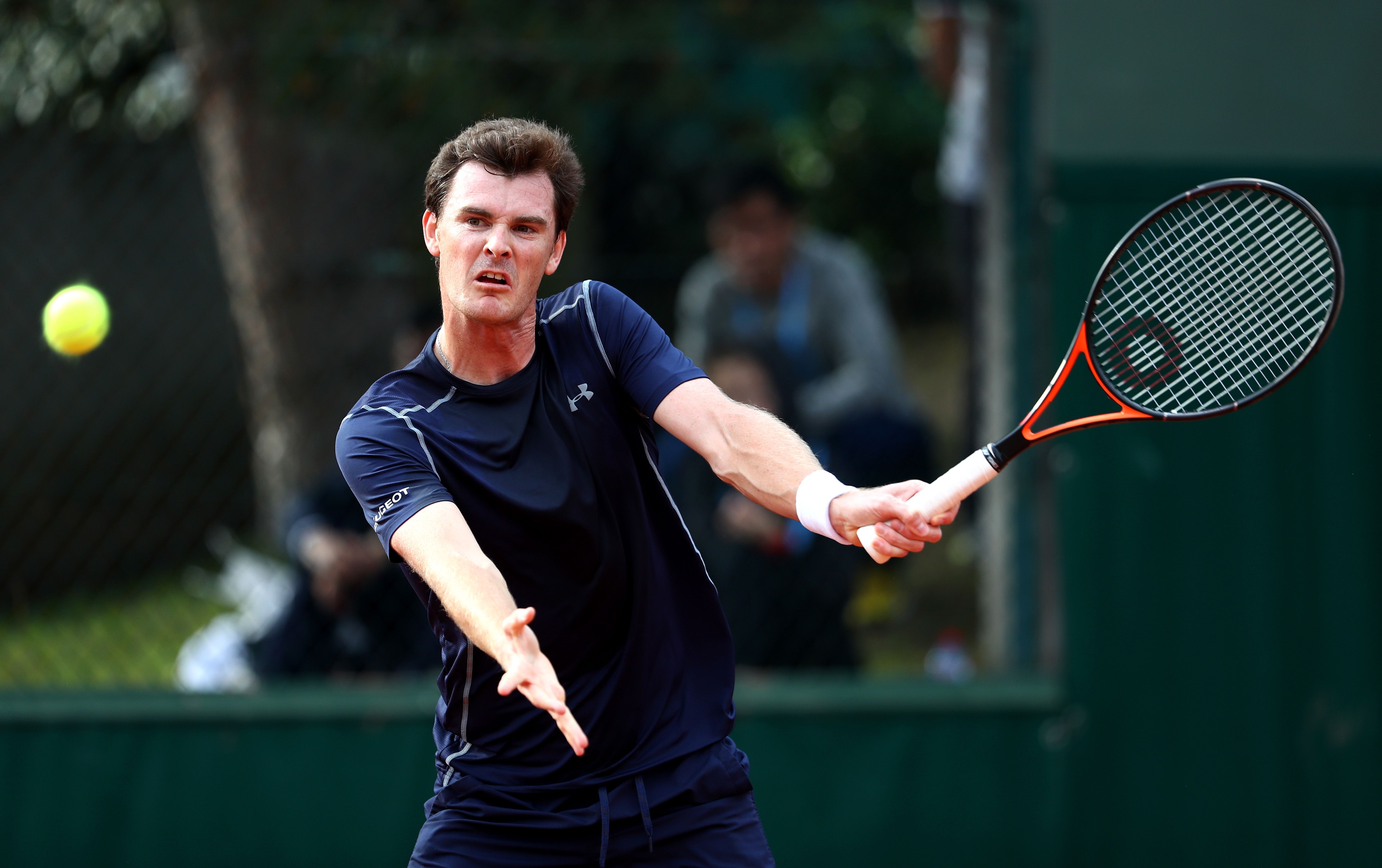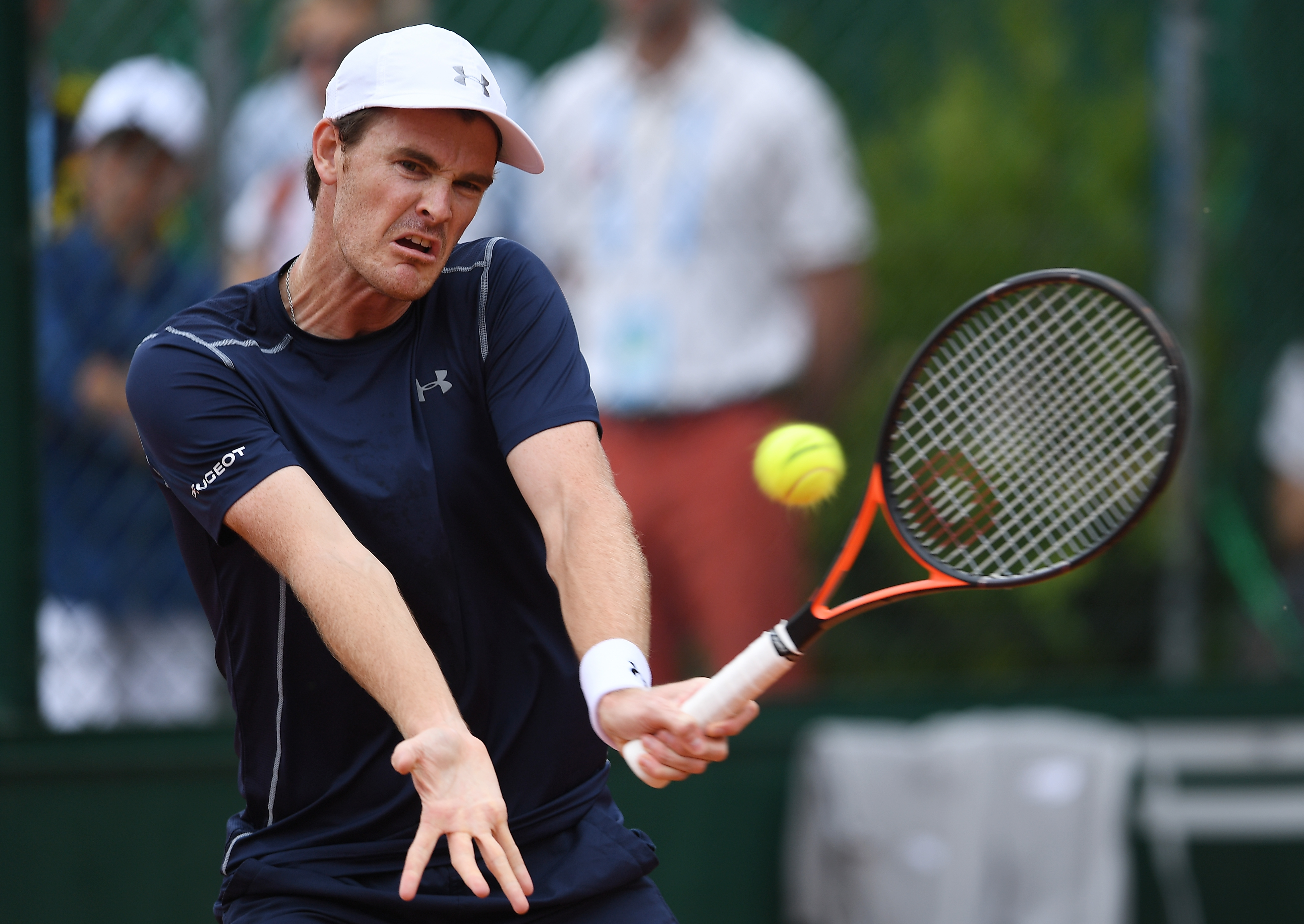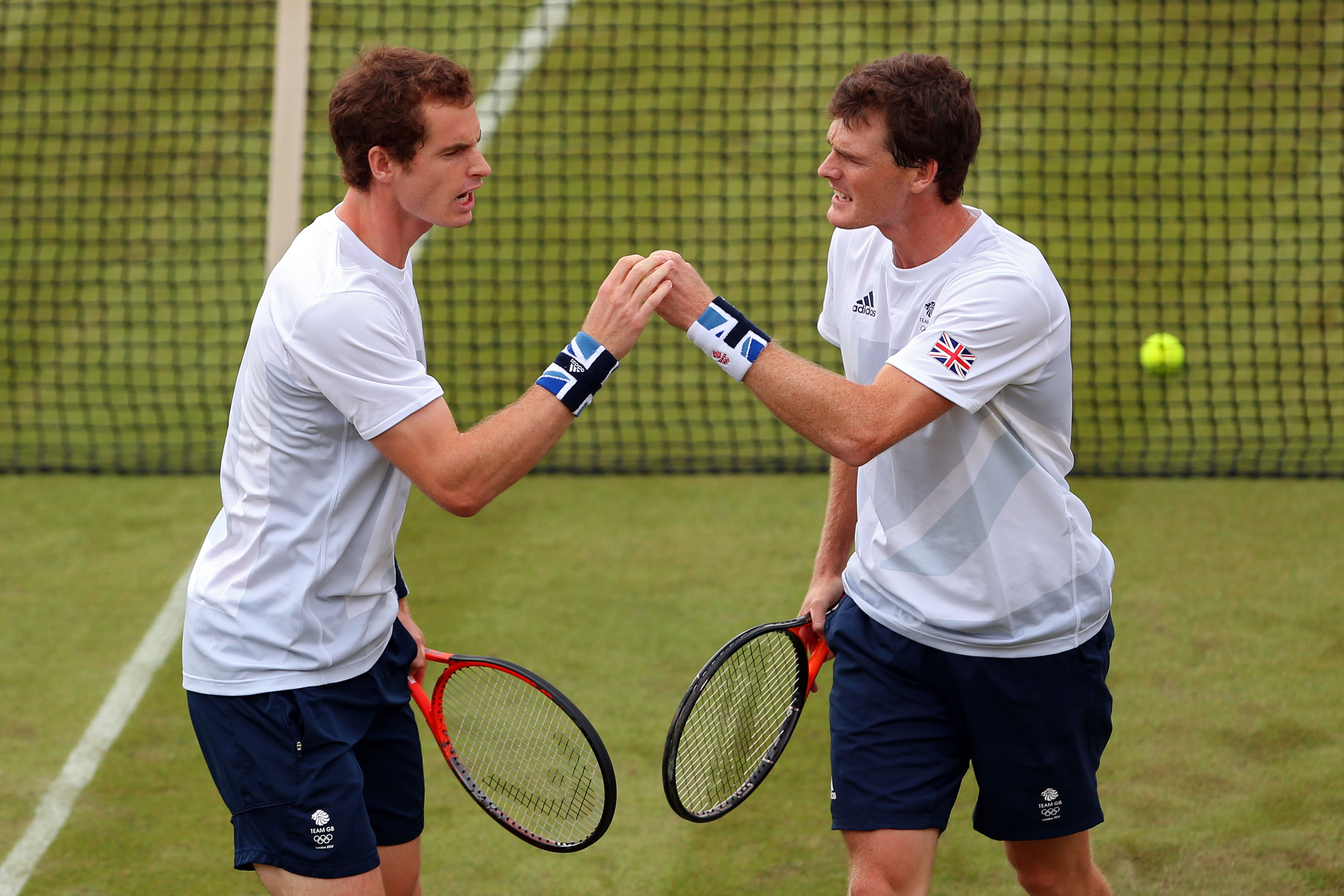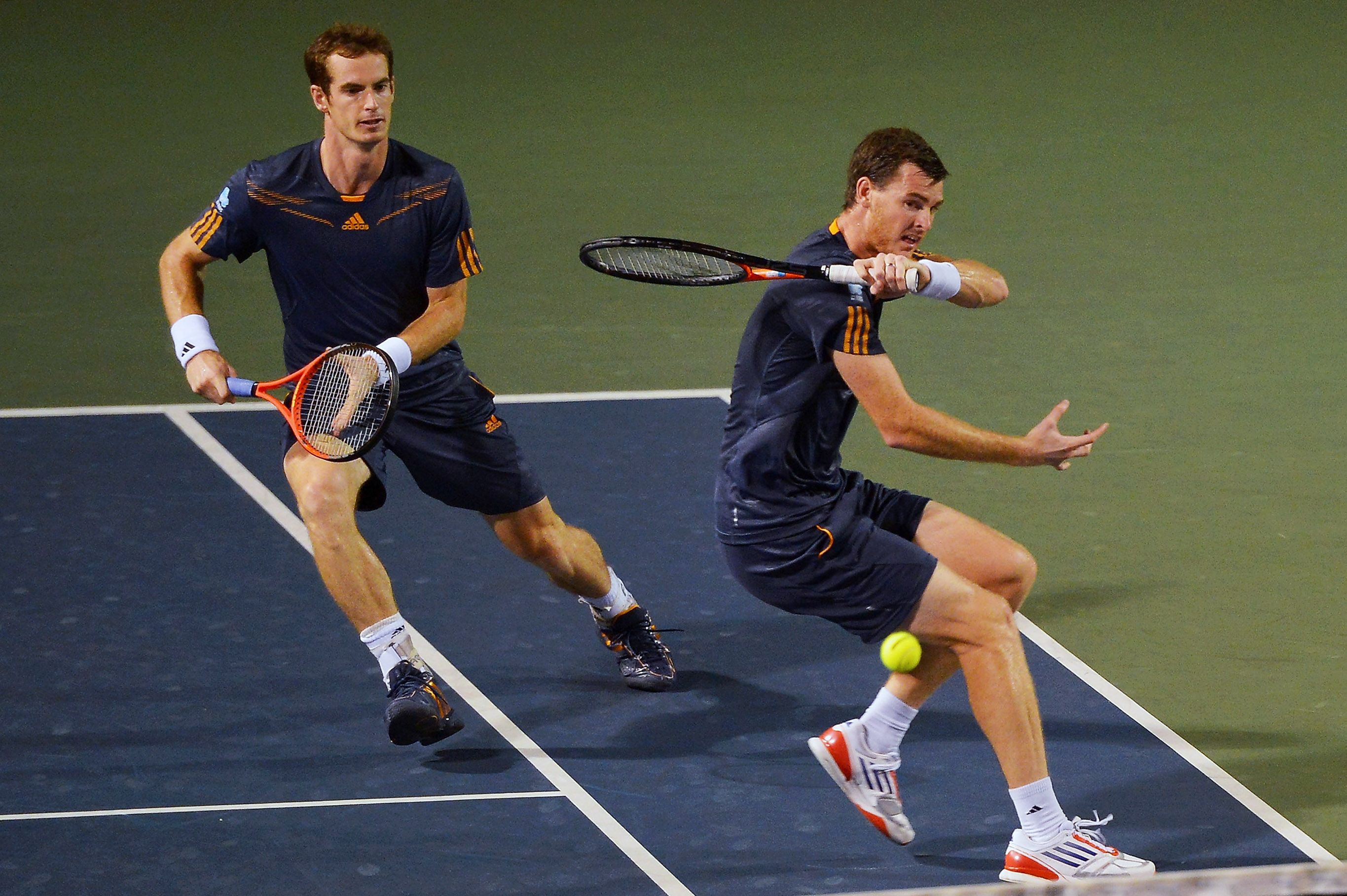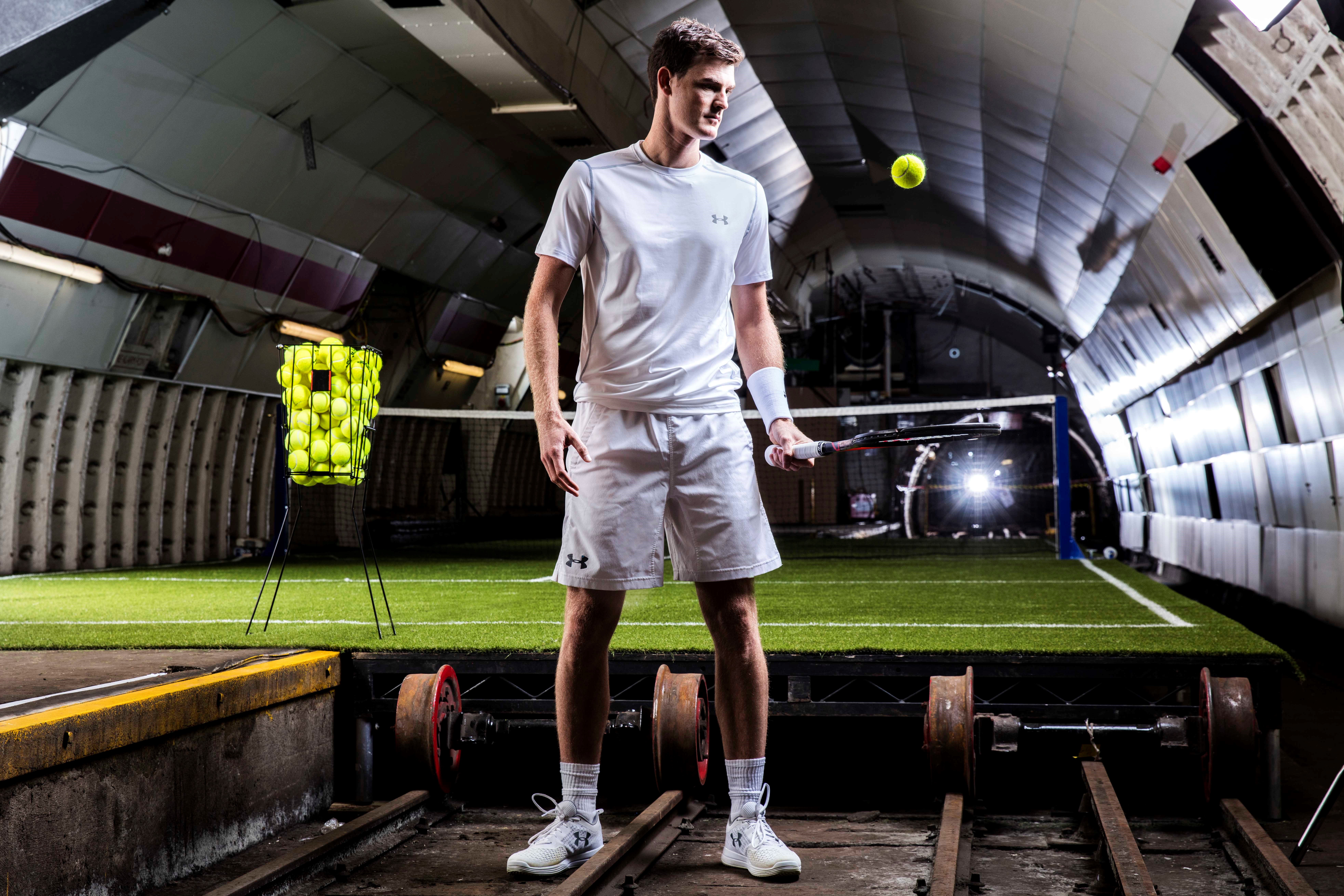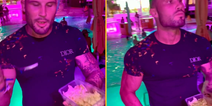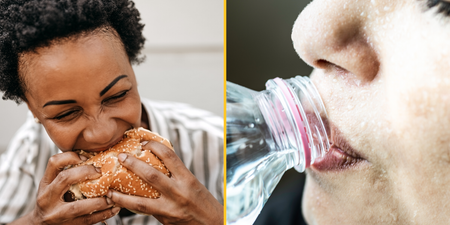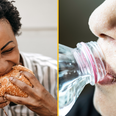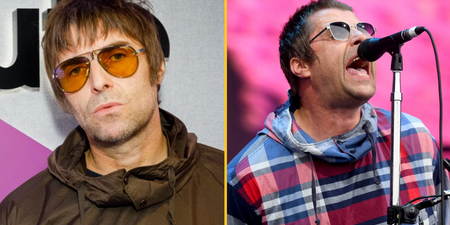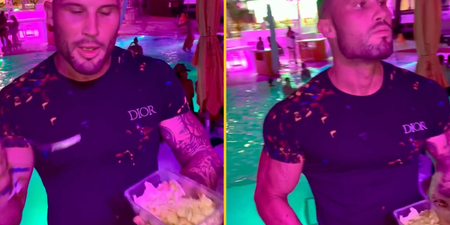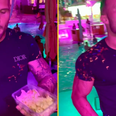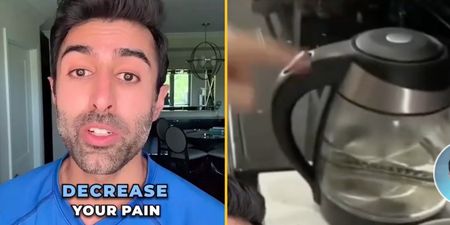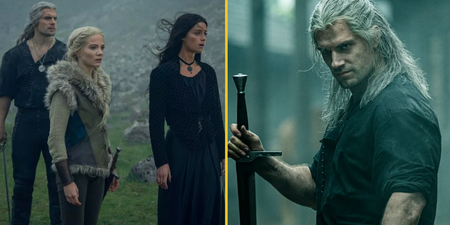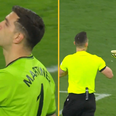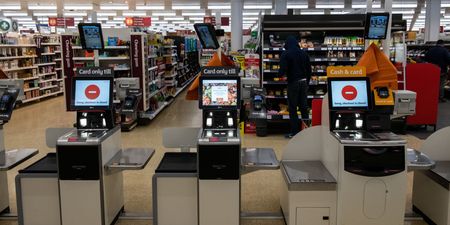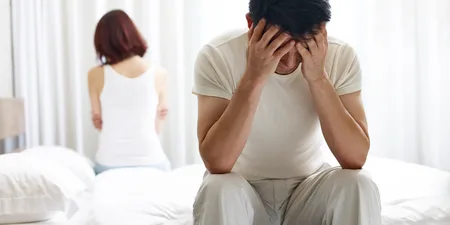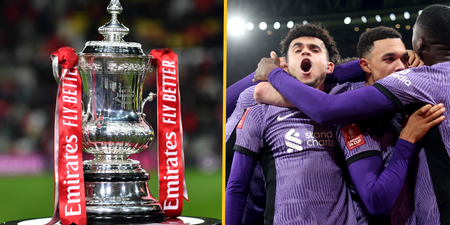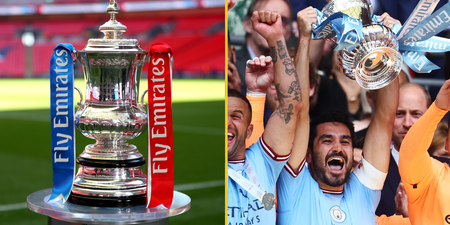It could be a good year for Jamie Murray at Wimbledon.
The 30-year-old Scot already won his first Grand Slam in the men’s doubles at the Australian Open with new partner Bruno Soares.
Murray and the Brazilian Soares are now ranked number one doubles pair in the world coming into the championships in London.
And Murray, who helped Britain to a Davis Cup victory last year, will be looking to repeat his 2007 success where he won the mixed doubles at Wimbledon with Jelena Janković.
JOE chatted to Jamie to see how he trains for the big games, how his gym work keeps him developing as an athlete and how he feels ahead of this year’s Wimbledon Championships…
Do you feel like Wimbledon is your home tournament?
Yeah definitely. It’s a home Grand Slam, I live in Wimbledon so yes it does feel like a home tournament.
I am a member at the club and I used the club a lot during the year, which is pretty cool. We’re obviously travelling pretty much all year and then these kind of five week is all in London and I get to stay at home the whole time in my own bed, so it feels good.
What makes Wimbledon so special?
I guess it’s the traditions of it and the history of the tournament. I grew up watching it on TV every year, running back from school to watch it and seeing all the guys like Sampras and Agassi, Rafter and Ivanisevic. That’s what we did growing up. I was fortunate to be able to go from a young age – I think I was six years of age – and I loved it from that moment.
It’s one of the grand slams that people watch quite intensely, do you feel like there’s added pressure to play well above all other tournaments?
From my point of view, yes. But I think that’s more from myself, because it’s a tournament that I want to do well in the most and perform my best in. All my friends and family come out to watch, I know a lot of people there, there’s a lot of familiar faces in the crowd and it’s my home tournament so it’s natural that you want to put a bit more effort in to give yourself the best chance of performing as well as you can, and do as well as you can in the tournament.
Does it add more pressure or is it quite comforting when your family come and watch? Is it more pressure or is it quite nice to have?
Yeah I like it, it’s nice to have that home support from close friends and family. It inspires you to want to play well and do that little bit more to try to win your match.
How fit do you have to be to compete at the elite level in the sport to get through to a Wimbledon final?
Singles and doubles is different. Doubles you cover less of the court than the singles guys, but you’re also doing a lot of different movements.
Doubles is a lot more short, sharp and explosive, you always have to be a lot more to the ground because you’re playing up at the net so you need to be in a much more athletic stance.
I got to the final last year. I played six matches – a couple of them were full five-setters and then a couple of four-set matches as well.
You have got to be fit. I wouldn’t say it’s the hardest sport physically to play doubles. It’s always important to recover well to after each match to give yourself the best chance of playing well in the next match.
Because if you don’t do that, two weeks is a long time and six matches is a lot of tennis, especially when you’re playing best of five sets.
Where cardio is concerned, do you do anything outside of the court like running or cycling to keep fit?
I don’t like running. I tend to do more bike really and then more training on the court. I prefer to be doing stuff the same as what I’ll be doing when I’m competing.
You mentioned you use a wide variety of shots and you need mobility. Do you do a lot of core work and lower body work so you can be ready for explosive moves?
Core work is hugely important for abs, deep abs and lower back because that’s what’s going to allow you to play difficult shots in difficult positions. You’re more likely to be able to make more balls back in court and defend well.
Like Djokovic – you see the flexibility and the suppleness that he has that allows him to move the way he does and defend the court. It’s tough to do that if you’re not strong in your core and you’re collapsing all the time or you suddenly get off balance. When you see him play, he’s so balanced all the time and it’s so difficult to get him off balance and forcing him to make mistakes.
Core is huge for that. For me it’s thing like doing a lot of squatting and lunging, because for doubles you need to lunge a lot to get down to the first volleys a lot.
Things like box jumps and step ups, I’m doing quite a lot of that. Glute strength as well so I can get my glutes firing, which is huge.
I incorporate a lot of band work into my warm up to get them firing first.
Looking at Andy’s day he will do 45 minutes with a physio in the morning, then three hours on court before lunch. What does your typical weekly schedule look like?
I wish I could see the physio as much as he does, but I can’t quite afford to have a full time physio.
If I’m at home for a week training I will train for two or two and a half hours in a row. I prefer to do one longer session, than two hour-and-a-half sessions. I’m not going to the gym every day, but I might train Monday, Tuesday. Thursday, Friday.
Each day I try to keep it different and not always do the same stuff, because you need to keep it fresh otherwise you kind of get bored of it.
You have to keep the body guessing as well.
Do you get feedback from coaches or fitness data on your distance run, max heart rate or energy expenditure?
I have an Apple Watch so I tend to use Under Armour Record App – so you can set it for whatever sport you do. So I obviously set it for tennis and it tracks things like average heart rate, peak heart rate, intensity of work rate and calories burned and the amount of steps you’ve done in the workout. For me it’s really handy because when I finish it’s all just stored in the app and I can give that to my coach and they can use that data.
How has your training evolved over the years? Have you training your training since turning professional and then going to become world number one?
I have done lots of different stuff. A lot of it depends on the stage of the season. If we’re changing surfaces, going from hard courts to clay courts we might need to work on different things like doing more on our adductors (hip muscles) – because on clay we’re going to be sliding a lot.
It’s kind of strengthening them and doing more movement exercises for them in the lead up to the event. Then we go from clay to grass and then that’s a different set of muscles that are getting worked more on court. So I try to take care of that and try to incorporate more movement and mobility stuff that you’re going to need when you’re on grass because you use a lot more little muscles because you need more balance and support.
Because we’re travelling all year round it’s not always a real big strength development, it’s more about maintaining through the year so when the season finishes you’ve got a good base to go and do your off season work.
What’s your daily diet look like? Do you have a set amount of calories or macros you need to hit?
I don’t monitor calories. I don’t have a set plan I try and stick to. If I’ve got a match the next day I always make sure I’ve had a big dinner the night before. Once I’ve finished playing I want to make sure I get some proper food into me within half an hour of coming off court, whether that’s practice or a match, because it’s all aiding your recovery for your next match, if you win.
In terms of food – do I eat healthy? Yes I eat healthy, but would I go and eat Shake Shack? Yes I would and that’s what I had for dinner last night. Would I eat Shake Shack before I play in the final at Wimbledon? No I probably wouldn’t, I would probably go and eat something fresh and light like sushi, or something like that. I’m going to treat myself if I want to treat myself.
Jamie Murray was training underground at Under Armour’s hidden tennis court in London ahead of Wimbledon.
